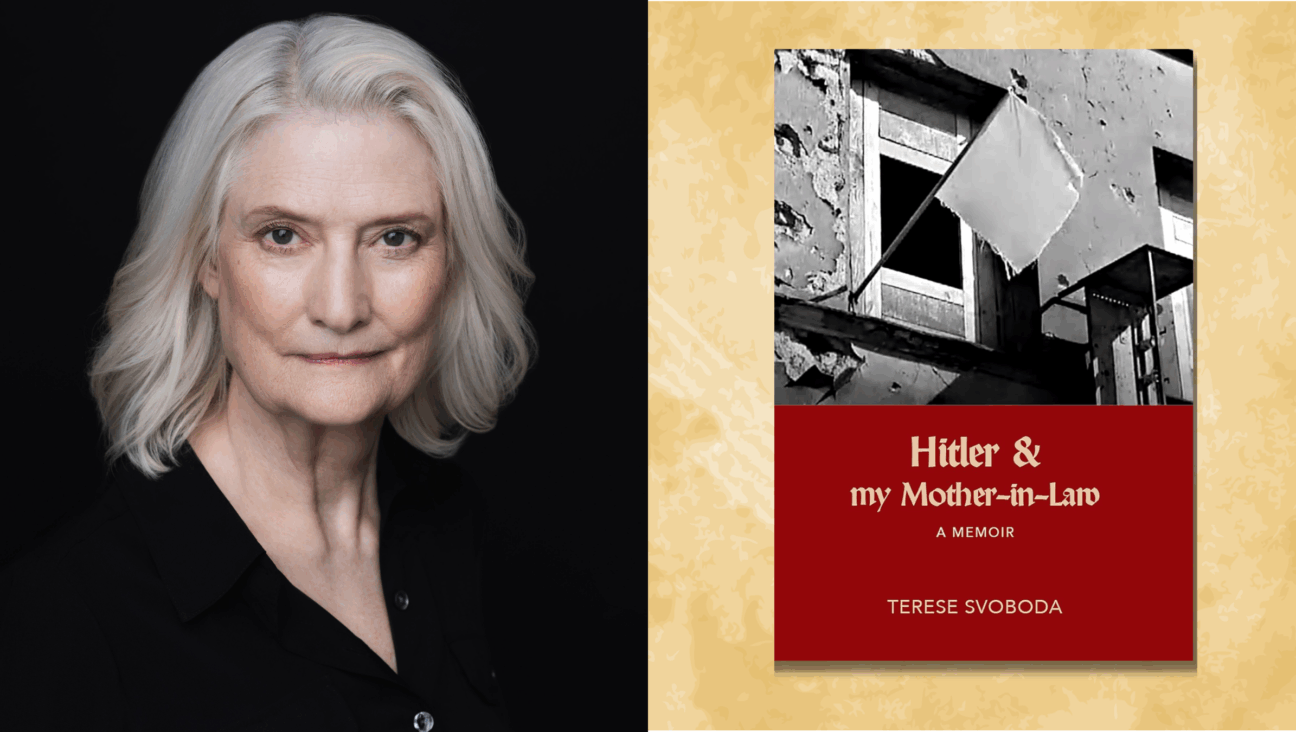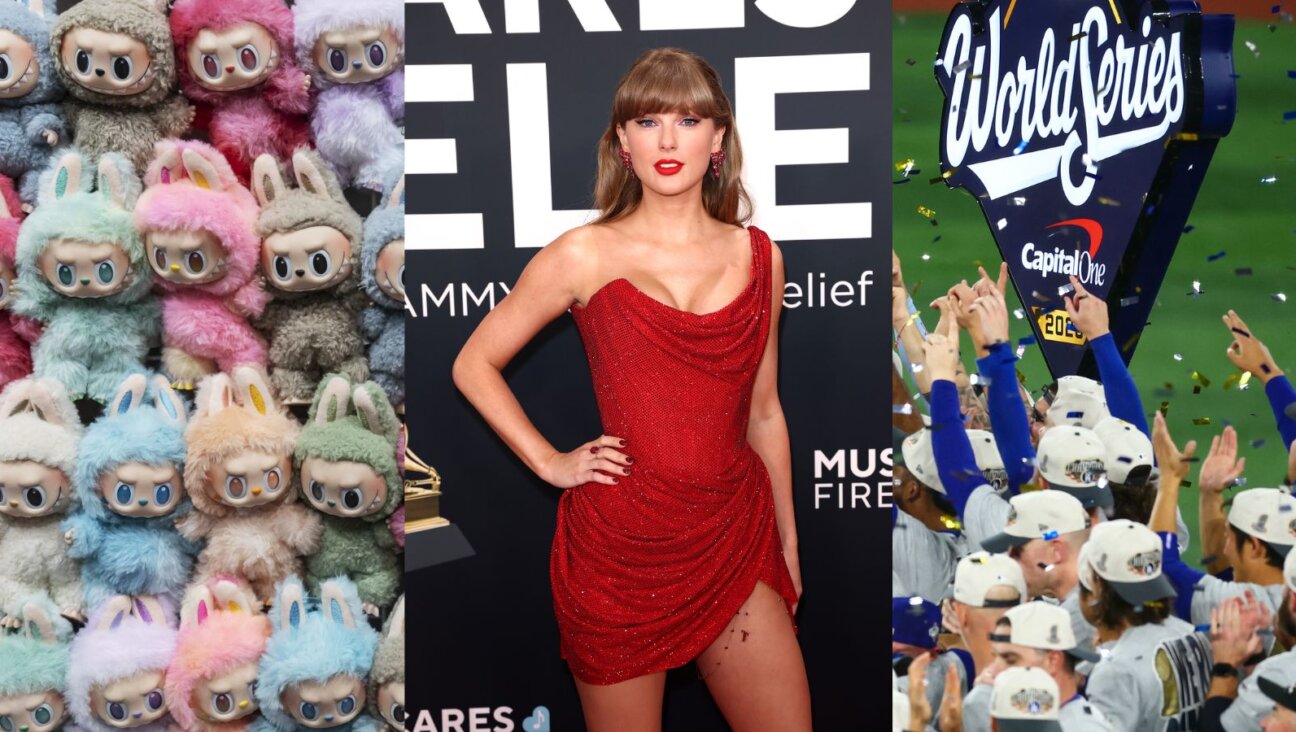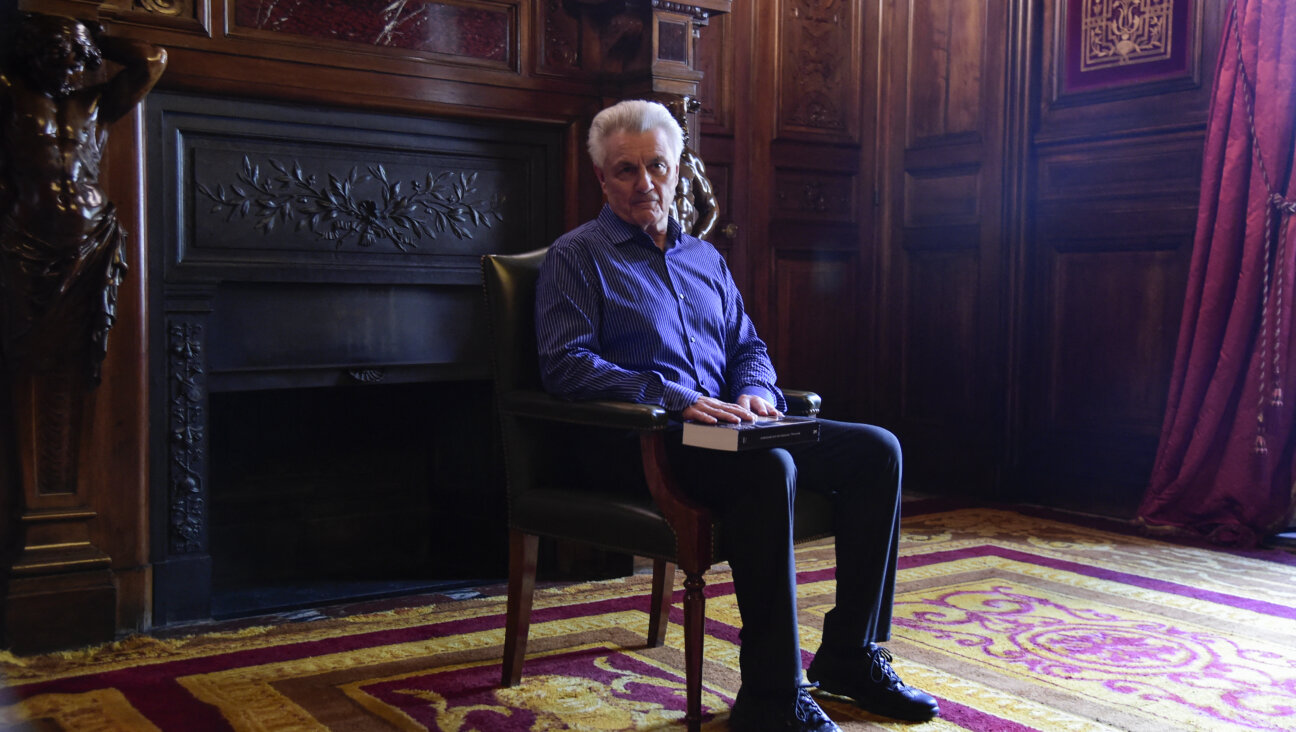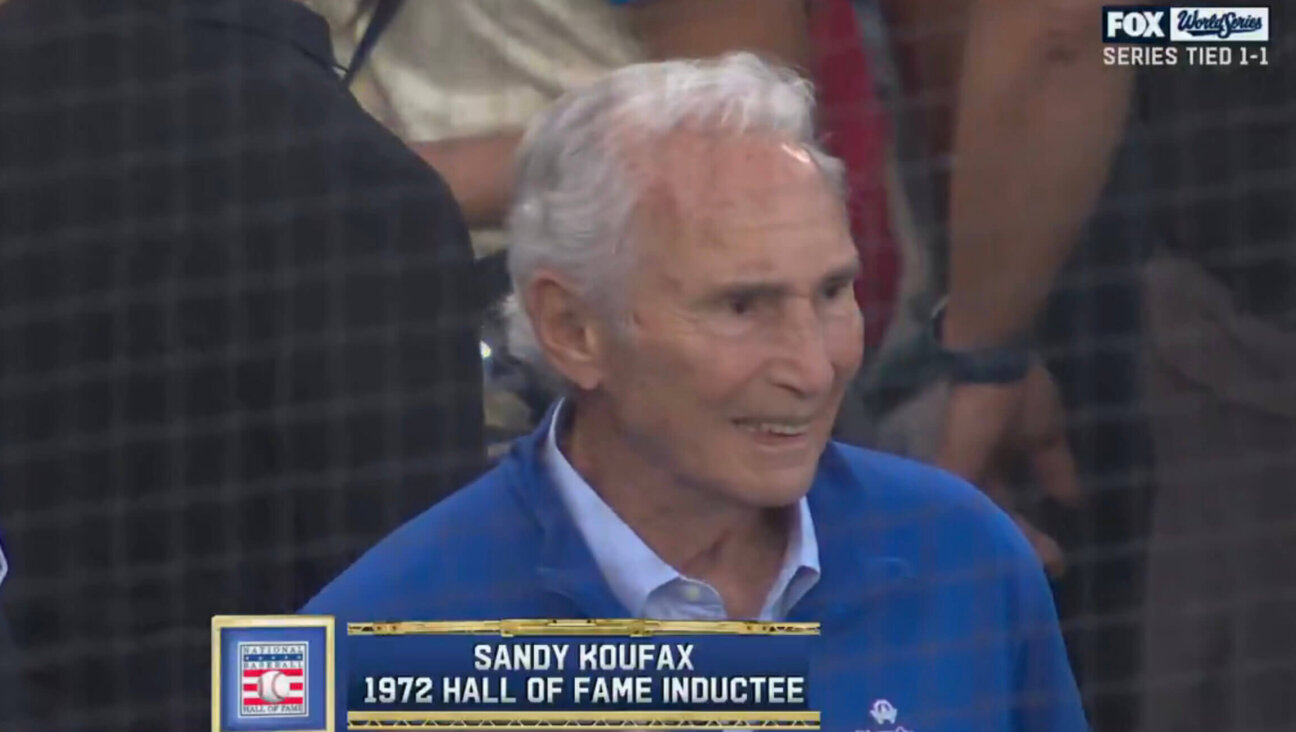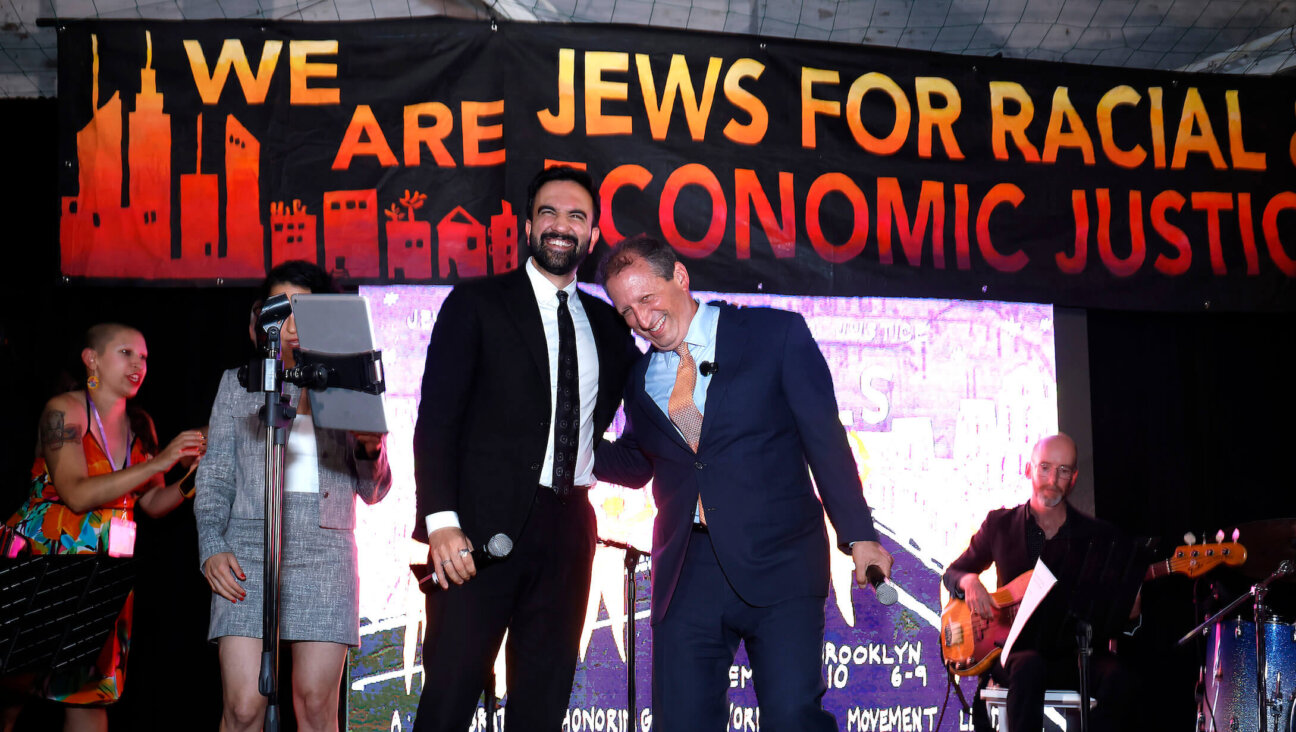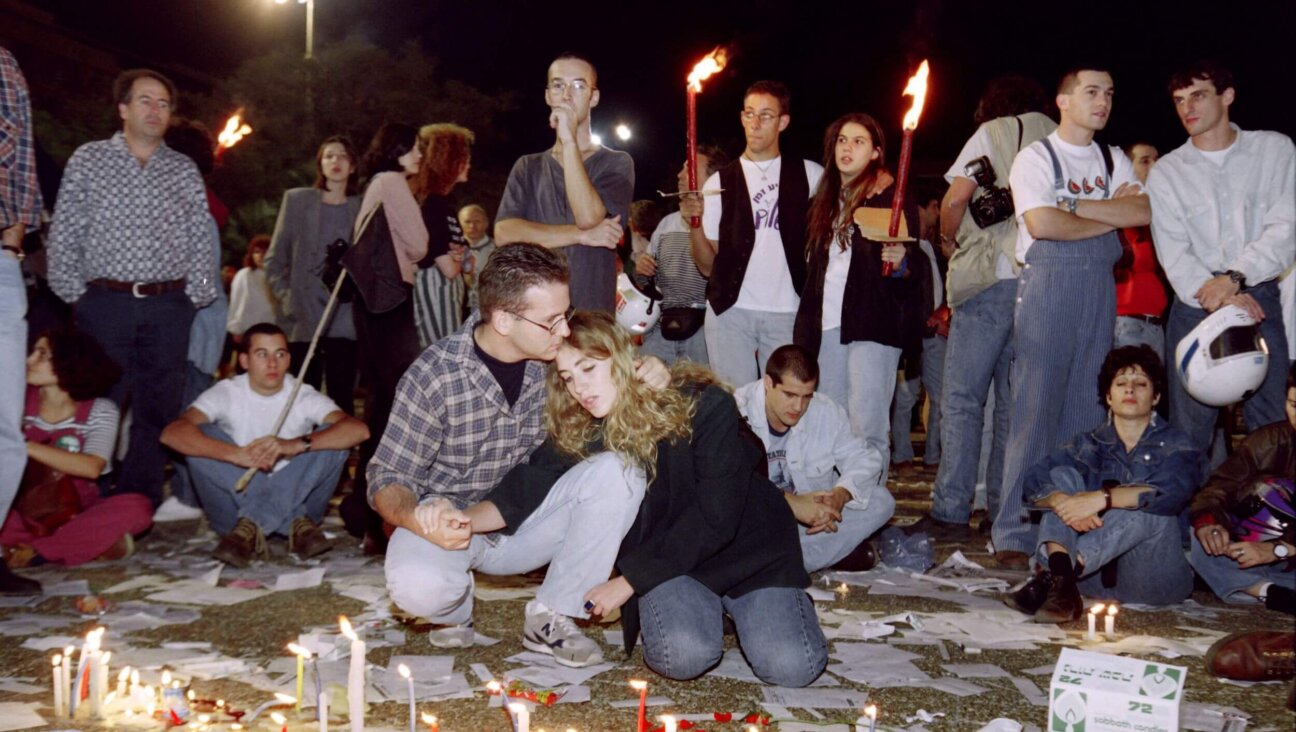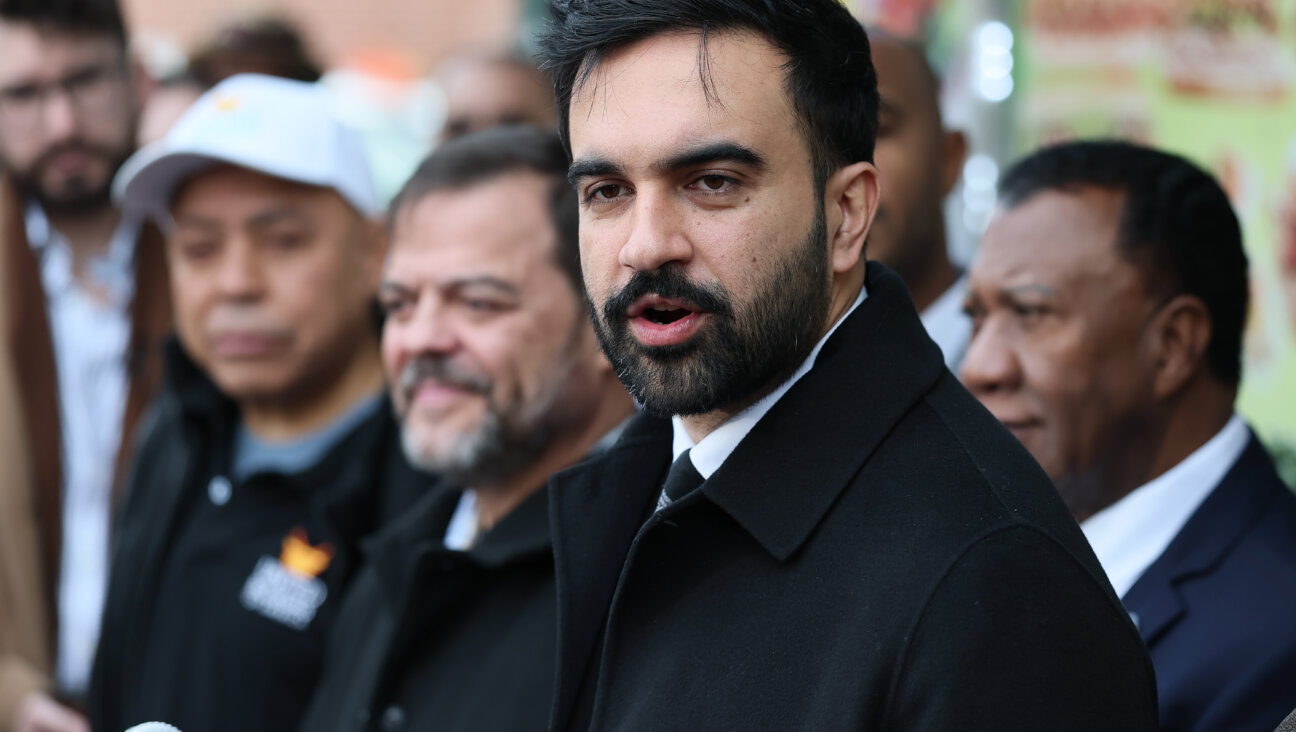Is the most popular song about New York really a stealth Jewish anthem?

Frank Sinatra and the Fifth Dimension By Getty Images
Inspired in part by all the Jewish artists on Rolling Stone’s list of the 500 Greatest Songs, the Forward decided it was time to rank the best Jewish pop songs of all time. You can find the whole list and accompanying essays here.
“New York, New York,” the theme song from Martin Scorsese’s musical of the same name, starring Liza Minnelli and Robert De Niro, got its first airplay in June 1977. It did not become a hit until October of the following year, when Frank Sinatra sang it at Radio City Music Hall. By that time, the city was bankrupt, the blackout riots were still fresh in everybody’s memory, the Son of Sam’s victims were still warm and the No. 1 song in America was a flimsy, disco-ish thing called “Kiss You All Over.”
Absolutely none of this comes across in “New York, New York,” which was designed to evoke the big band era of 30 years earlier — an era, that is, when you could make a brand-new start of it in old New York and not worry about getting shot by a serial killer.
It was only recently (and I don’t think I’m alone here) that I realized how recent my city’s unofficial anthem is. Hip-hop is older than “New York, New York.” So are “Star Wars,” Ryan Reynolds, Pink Floyd, the Sex Pistols and “Saturday Night Live.” But traditions are almost never as old as they purport to be, and at some point this jaunty, three-minute pop song became as much a fixture of the city it celebrates as the Chrysler Building. More so, actually — I can imagine a future in which they tear down the Chrysler but not one in which they no longer play “New York, New York” when the Yankees win.
Neither the Yankees nor the Chrysler Building shows up in “New York, New York,” and this is no small part of its timeless charm. The original theme Fred Ebb and John Kander composed for Scorsese’s film name-checks tourist trap after tourist trap: Broadway, the Central Park Zoo, Madison Square Garden. De Niro hated it, so Scorsese gently asked Kander and Ebb if they wouldn’t mind trying again. They did — fueled, according to Kander, by “juices of rage” — and came up with a song that mentions no New York symbols or landmarks whatsoever. If “New York, New York” is still the quintessential New York song, it’s because it interprets the city not as a place but (to crib from another ’70s song about exactly the same subject) a state of mind.
What is a New York state of mind? A feeling of jittery optimism, maybe; a willingness to live with uncertainty; an appetite for unresolvable tensions. Ebb’s lyrics are full of playful oxymorons (old New York, waking up in a city that never sleeps) that culminate in a hypothetical that would be terrifying if not for Kander’s heroic melody: not “I know I’ll make it there” but “If I can make it there” (italics mine). The “I” here could be any ambitious, little-town striver, of course, but in the end it doesn’t matter who is singing. No matter how hard they strive, their fate is left up to the city itself. In all likelihood, they will fail and end up back in the town they fled — but so what? If moving to New York and making it big were easy, there’d be no point.
So far, I haven’t explained why “New York, New York” belongs on a list of the greatest Jewish songs — but then again, I have. Not that I need to explain all that much: “New York, New York” is the unofficial anthem of the unofficial capital of Jewish America, written by a Jewish songwriting duo for a musical, an art form that would barely exist at all without Jewish songwriting duos. And I also think there’s something more subtly Jewish about this song, with its curious cocktail of carpe diem and que será, its bold dice-roll that’s also sort of a shrug — something reminiscent of Maimonides when he wrote, “I believe with perfect faith in the coming of the moshiach, and though he may tarry, still I await him every day.”
In the words “Though he may tarry,” Christopher Hitchens argued, you can sense a temperament — resigned, a tad exasperated, but never for one second defeated — that unites Jews as different as Spinoza, Kafka and Woody Allen. Fair enough, though Hitchens could have gone with Ebb’s “Come on, come through, New York, New York.” The best rendition of the song will always remain Liza Minnelli’s at the end of Scorsese’s film, because it’s one of the few in which you’re allowed to hear the pain beneath these words. For those of us who don’t have perfect faith, it will always be painful to pursue our dreams and await the tarrying rewards, whatever those turn out to be — but so what? If pursuing dreams were easy, there’d be no point.
Join us at 7:30 PM on Wednesday, Feb. 16, for a spirited discussion of the Greatest Jewish Pop Songs of All Time featuring Forward contributing editor and author Seth Rogovoy; executive editor Adam Langer; former Vibe and Spin editor-in-chief of Vibe, Alan Light; DJ and SirusXM host Hesta Prynn; novelist and screenwriter Jennifer Gilmore; and Forward contributing music critic Dan Epstein. Register here:
Jackson Arn’s writing has appeared in The Nation, the New Statesman, Art in America and various other places. He is the Forward’s contributing art critic.

